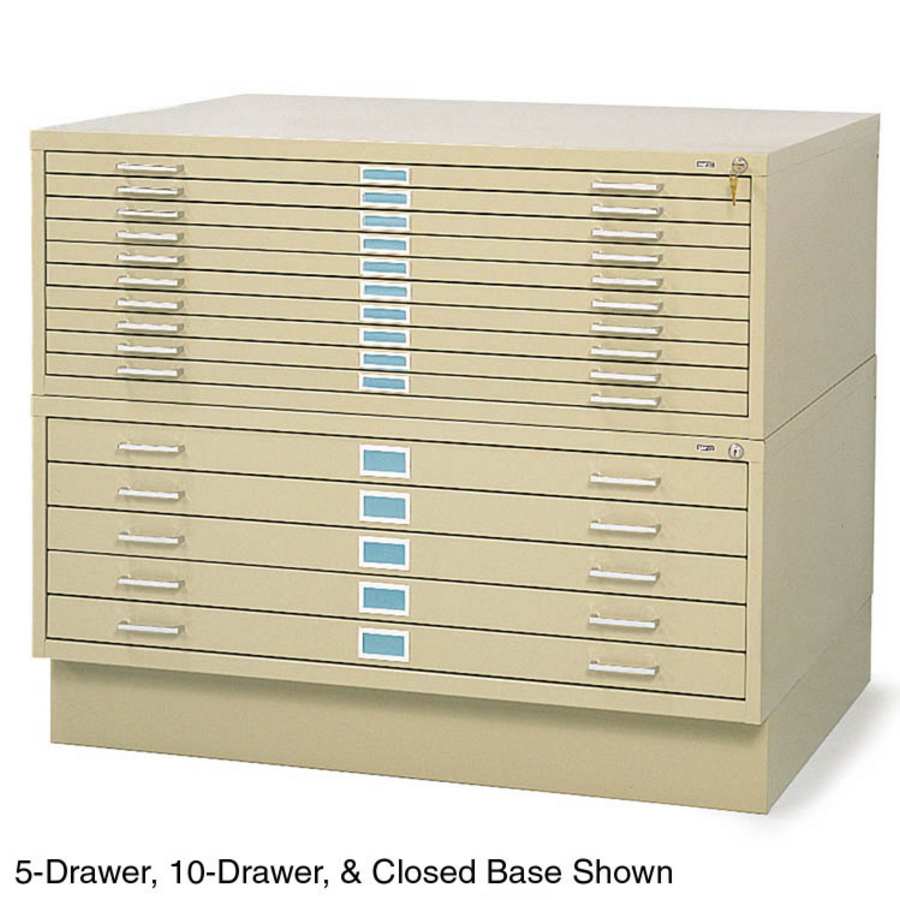
They can also protect blueprint paper from spills or any dampness in your space.

Staying organized is an important consideration when it comes to improving your workflow. Larger sizes are sometimes needed for bigger and more expensive projects, because it will need to illustrate the basic design of a particular property.īecause there are so many options when it comes to storing blueprint paper, you can arrange your office in any way you see fit.

Two of the most common sizes for architectural drawings are 18” x 24” and 24” x 36”, but you can also find them in 30” x 42 and 36 x 48”. The standard sizes in the US for engineering documents include: For architectural drawings, the standards sizes of blueprint paper include: In the US, there are several sizes of blueprint paper, depending on the application. It is, however, less expensive than a blueprint cabinet, which can offer more convenience and storage protection. You can access up to 1,200 blueprints in a limited amount of space without having to unroll them, but they’re more expensive than rolled filing systems. Plan racks with hanging clamps are the simplest and most convenient option for blueprint storage. It takes time to roll and unroll blueprints, so storing them flat may be a better option. You can store your blueprints in a set of box files, but it does fall short on access speed and space.

Blueprints and other important documents need to be stored in way that’s not only safe and secure but will also allow you to reference them quickly.

Whether you’re storing blueprints, artwork, or any other document that’s too large to fit in an ordinary file cabinet, you will most likely need some type of blueprint storage solution that will allow you to keep them organized.


 0 kommentar(er)
0 kommentar(er)
